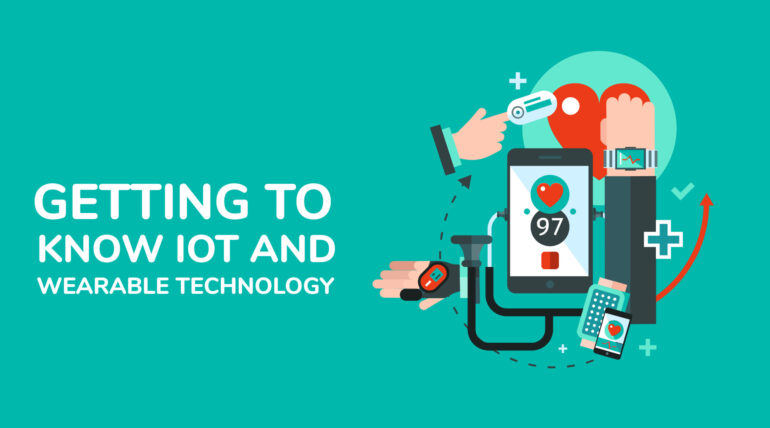
As the name implies, the Internet of Things refers to the billions of physical devices worldwide connected to the internet, each collecting and sharing data. As a result of the ubiquity of wireless networks and the advent of super-cheap computer chips,anything, from a pill to an airplane, can become a part of the Internet of Things. Through sensors, all these objects can become digitally intelligent, communicating real-time data without the need for human intervention. Through the Internet of Things, the physical and digital worlds merge to create an innovative and responsive environment.
As wearable devices progress, they can also take biometric measurements like heart rate and perspiration levels and more complex measurements like oxygen levels in the bloodstream. In the future, wearable devices may be able to detect alcohol levels or other similar metrics. It’s interesting to consider evaluating the results of biometric measurements as they are sensed, logged and stored over time. By monitoring body temperature, it may be possible to diagnose colds and flu early.
The future of healthcare is wearable technology
Wearables may be in the future due to their “passive” functionalities, specifically health monitoring. Passive monitoring of vital signs can save lives by wearing a wearable device. Healthcare has entered a new era thanks to wearable devices, which can be
- Assist the elderly in case of an emergency
- Keeping an eye on the crib
- To improve patient care, gather continuous electronic health records
- Creating clinical trials with high accuracy and comprehensive data collection and analysis that collects and correlates yet unrealized data
Wearables, which continuously monitor a user’s vitals, can allow users to detect anomalies that might otherwise go undetected.
These functions are likely to be widely used and adopted in the future by technology companies. For instance, Apple recently released a new model of their smartwatch with blood glucose measurement, blood pressure monitoring, and more accurate heart monitoring.
Through remote monitoring and virtual visits, IoT technology maintains a better connection between physicians and patients. Hospitals can track staff and patients with IoT healthcare devices; these devices facilitate the care of chronic diseases. By automating patient care workflow, culling, analyzing, and dispersing data, IoT reduces inefficiency and errors, enhances pharmaceutical manufacturing, and speeds up research and development. The whole process is streamlined, which results in lower drug prices; security is ensured, and sensitive items are managed during transit, and the whole process can lower healthcare costs.
Six ways IoT technology can be applied to the health and healthcare industry:
- Remote temperature monitoring for vaccines
- Medical data transferring tools
- Air quality sensors
- Drug effectiveness tracking
- Vital signs data capturing
- Sleep monitor
- Medication refill reminder technology
- Remote care biometrics scanners
- Sleep and safety tools for infants
Conclusion:
Wearable IoT devices frequently provide recurring utility that can’t compete with smartphones in terms of simplicity and dependability. As a result, wearable devices are used singularly and people hesitate to connect them to other IoT devices rather than deal with the hassle of integrating their devices with other IoT technologies.